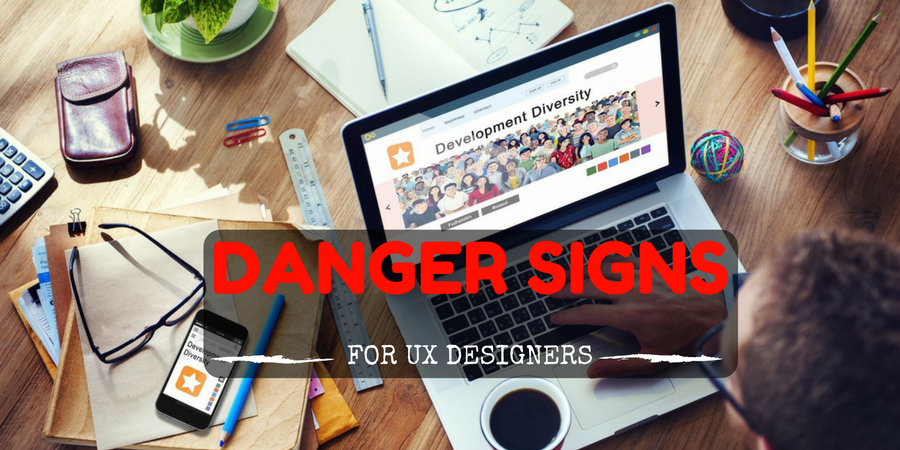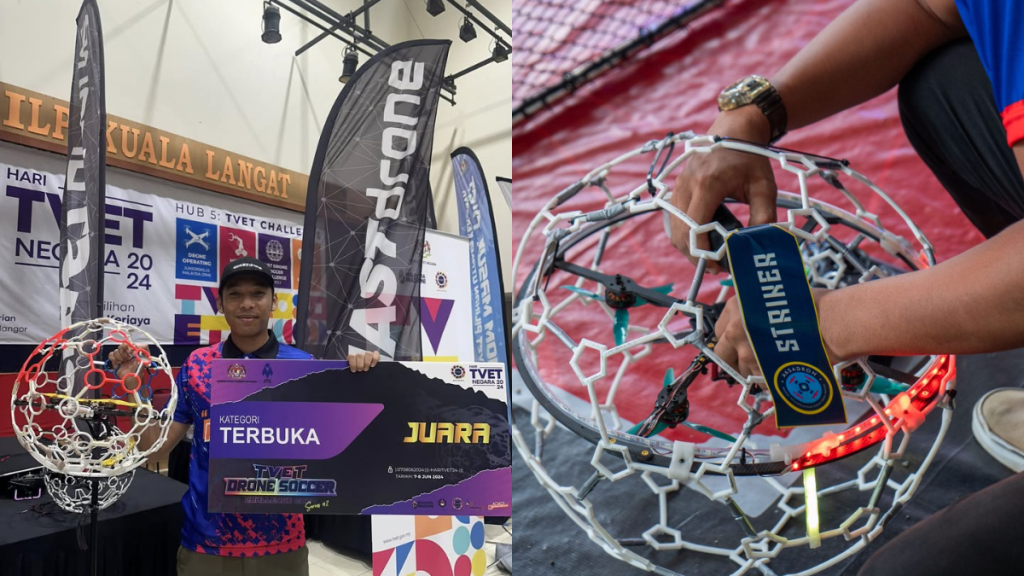UX designers, we need to change the way we work. We need to stop wasting so much time. We have a well-deserved reputation for retreating to creative studios for lengthy design phases—only choosing to resurface once we have perfected solutions that are pretty, but not necessarily practical. We need to end the pursuit of design perfection and focus on delivering value faster. We need to embrace the Lean movement and streamline the way we work.
The Toyota Production System is essential reading for anyone serious about improving their craft. Everyone can learn from the lean manufacturing principles that Taiichi Ohno and Toyota developed.
Along with Agile, the Lean movement has helped revolutionise the software industry. These practices have transformed digital technology from a monolithic beast, into a disruptive force. This new digital world is reshaping our lives for the better.
Lean is all about continuously striving to improve your effectiveness and efficiency. It’s a focus on delivering value to customers and reducing waste. The Lean UX movement is a set of techniques that have emerged out of a recognition that UX Design practices can and have to improve.
I’ve drunk the Kool-Aid on Lean. I wholeheartedly agree with and embrace the Lean principles. They have changed my mindset. I could never go back to my old way of working; designing in my ivory tower, oblivious to the larger process I was part of. I have learnt to to focus on the value I deliver rather than the techniques I use.
I’m actually embarrassed looking back on some of the projects I worked on. Thinking about some of the pretty, yet pointless documents I spent hours crafting makes me cringe. They may have made the client happy at the time, but looking back now, I know there are far better ways to work.

The rise of the Lean UX movement is a formal recognition that our discipline has fallen behind the rest of the digital industry. Traditional UX practices waste a lot of time and money compared to newer, more collaborative ways of working that the digital industry has embraced.
To be fair, these wasteful practices are a historical legacy. We have traditionally had to focus on pixel perfection in big upfront design phases. Once handed over to developers, our designs were never to be tweaked again. Or at least, not until after they launched six months later.
Times have changed. Now designers are the ones guilty of choosing to work in isolation. We often hide behind the ‘creative process’, using it as a justification to separate ourselves from the larger context in which we work. Instead we should be including our business and technical partners in the creative process. We should be using our skills to facilitate collaboration and inspire creative thinking in everyone.
We need to take the focus away from standalone UX methodologies and place it on delivering business value.
Here are 10 signs to watch out for that your practices aren’t as effective, efficient or as collaborative as they could be.
1. You start mocking up a solution before defining the problem.

People love jumping into solution mode. It’s easy to get excited by an idea and want to play around with it. However, it comes with a risk that you lock in the wrong solution, rather than being open to alternative ideas. You become a hammer looking for a nail.
This doesn’t have to be a long-winded process. Sometimes it can be a 5-minute conversation. Other times, it can be a project in itself. It is important to be deliberate about what you are setting out to achieve and choose your tools and approach to suit the purpose.
2. You have committed to a lengthy interview schedule before you’ve even spoken to one user.
Detailed UX research is an expensive overhead that you can often—but not always—live without. When going through the messy problem definition stage, talking to one or two users can provide the insight required to leap forward into concept development. Other times, it opens up a Pandora’s box of other questions to explore. Plan for the opportunity to do some initial interviews. Then consider where to go next.
If you start every project with a statistically significant number of participants, you miss the opportunity to streamline the process.
3. Your research findings report contains 10+ pages of text.

This is a great way to produce shelfware that no one will ever read. No amount of text or slides will ever replace the richness of observing your target audience first-hand. Take your client/team out in the field with you, or you’re greatly reducing the value of your research. Seeing a user point out the flaws in your product is the quickest way to convince a CEO to drop his pet feature.
4. The person who came up with your product strategy isn’t involved in building it.
This is another great way to lock in the wrong solution. If strategy is seen as a separate, standalone activity, you lose the ability to pivot or adjust your concept as you learn.
5. You spend more than one week designing an idea before seeing a user try it.

Great ideas are great, but proven insights are better. Over-investing in an idea before confirming what your customer wants it is taking a gamble. It’s setting yourself up to waste a whole lot of design effort. Putting some rough, hand-drawn sketches in front of a user can be enough to confirm a good idea or kill a bad one before you invest in it.
6. Your design mock-ups have version numbers.
If you need version controls for wireframes, you’re spending too much time in the upfront design stage. You should iterate in functioning code. Design in the actual medium it will be experienced in.
Okay, sometimes version controls are necessary in large, distributed teams with more complex workflows. However, there is still a point where you need to reconsider your approach. If your version numbers hit double figures, that is the probably the right time.
7. You have perfected your solution in Photoshop before sharing it with a developer.

Designers often defer bringing technologists into the process as long as they can, rather than including them from the start. Technology should become an enabler, not a blocker.
Work with developers. If you’re not already designing with them, you are just wasting time. You can never specify everything in a design mock-up or wireframe. You never know exactly how something will work until it is in working code.
Architecture, Industrial Design, Engineering, Fashion. These industries all have ways for the people who design things to collaborate with those who build them. This allows for the differences that emerge when going from paper to the actual medium. Digital technologies should be no different.
8. You don’t know the developer who built your design.
See previous point. Add double the guilt—particularly if you complain about them bastardising your design.
How do you expect them to deal with the details or oversights that weren’t captured in a static design mock-up?
Note: The answer to that is not adding more annotations to wireframes.
9. You design UIs and don’t feel an enormous sense of guilt that you can’t code.

If you are one of those unicorns that can do both, you can skip to the next point (but know that I am jealous).
I wish I had the capacity to learn how to code. I wish I could design in code. Just imagine how empowering it is to build your own design rather than relying on someone else’s skills. Unfortunately I cannot.
I console myself with knowing enough HTML to at least have a basic understanding of how a page functions in a browser. Without this knowledge, I couldn’t sit down and pair with a developer to tweak a functioning product. It also means I know enough to have a conversation and understand why the design detail I suggested would take so much effort to build. This is an important bridge to collaboratively get to a better, more efficient solution.
If developers roll their eyes every time you approach them, it’s probably because you make their life hard. Learn a little bit about code. It will help a lot.
10. You don’t care what time your day ends.
Work smarter, not harder. Working long hours is not sustainable and leads to tiredness and poor quality work.
I love working with people who have a life outside of work. That means they have motivation to get a job done and get out of the building. This creates a focus on the outcome and a desire to be efficient.
We work in a world of commercial realities and limited budgets. If you don’t value your own personal time, chances are you don’t value your client’s time either.
This article was written and contributed by Ben Melbourne.
Feature Image Credit: The Next Web














